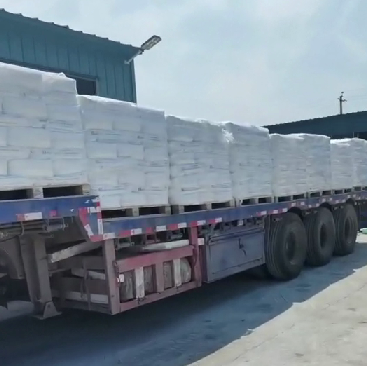
7 月 . 28, 2024 10:35 Back to list
Wholesale Prices and Market Trends for Titanium Dioxide in the Global Industry
Understanding the Wholesale Market for TiO2 Trends and Insights
Titanium dioxide (TiO2) is a widely used chemical compound that serves various industries, including paints, coatings, plastics, paper, and even food products. As a significant white pigment, TiO2 is valued for its brightness and high refractive index, making it an essential component for achieving opacity and durability in products. The wholesale market for TiO2 is driven by multiple factors, including demand from end-user industries, global manufacturing trends, and shifts in regulatory landscapes.
Market Dynamics
The TiO2 market has seen considerable growth due to a surge in demand for paints and coatings driven by the construction and automotive sectors. As urbanization accelerates, countries around the world are investing in infrastructure, leading to an uptick in construction activities. Consequently, this escalates the demand for high-quality coatings that provide protection and aesthetic appeal, driving up the need for TiO2.
Moreover, the plastics industry has also been a significant driver, as TiO2 serves both as a pigment and a functional filler. The growth in consumer goods, coupled with innovations in packaging, has further contributed to the rising demand for TiO2.
Global Supply and Pricing Trends
Global production of TiO2 is dominated by a few key players, which creates a competitive atmosphere in the wholesale market. Typically, these producers utilize either the sulfate process or the chloride process for manufacturing TiO2, with each method influencing the cost and quality of the final product. The chloride process has gained popularity due to its ability to produce TiO2 with a higher purity and better properties compared to the sulfate method.
However, fluctuations in raw material prices, such as the cost of titanium feedstock, sulfuric acid, and utilities, can impact the overall pricing of TiO2. Additionally, geopolitical factors, export restrictions, and environmental regulations play a crucial role in shaping pricing dynamics. For instance, stricter environmental regulations can increase production costs, prompting suppliers to raise wholesale prices.
wholesale isk tio2

Regulatory Influences
Regulatory frameworks around the world impact the TiO2 market significantly. Increasingly, there is an emphasis on sustainability and the environmental impact of chemical manufacturing. In response to these pressures, many TiO2 manufacturers are investing in cleaner technologies and developing more sustainable production processes, which may increase initial costs but lead to long-term benefits and compliance. The introduction of stricter safety and environmental standards can prompt shifts in market supply chains, influencing the wholesale pricing of TiO2.
Future Trends
Looking ahead, the TiO2 wholesale market is expected to evolve with advancements in technology and growing environmental consciousness. Innovations in alternative pigments and materials may emerge, potentially changing the landscape of TiO2 demand. Additionally, the rise of electric vehicles and renewable energy technologies may result in new applications for TiO2, opening up further opportunities in emerging markets.
Moreover, the COVID-19 pandemic has altered consumption patterns, prompting businesses to rethink supply chains and inventory management. As a result, wholesalers are likely to adapt their strategies, focusing on improving logistics and customer relationships while ensuring product availability.
Conclusion
The wholesale TiO2 market is marked by a combination of strong demand, evolving supply dynamics, and regulatory challenges. As industries continue to grow and change, stakeholders in the TiO2 market must remain agile, adapting to trends, and proactively addressing the challenges posed by environmental regulations and market fluctuations. By understanding the intricate dynamics at play, businesses can position themselves to capitalize on growth opportunities in this critical sector.
-
Lithopone for Plastic & TiO2 R-5568/SK-6658 Masterbatch Solutions
NewsMay.30,2025
-
China Leading Rutile TiO2 Manufacturer - R5566 & R996 Grades Available
NewsMay.30,2025
-
High-Purity Anatase & Rutile TiO2 Powder Trusted Manufacturer
NewsMay.30,2025
-
High-Purity Anatase Products Trusted Supplier & Manufacturer
NewsMay.29,2025
-
Best Price Eco-Friendly Rutile TiO2 Supplier & Wholesale Factory
NewsMay.29,2025
-
Chinese Anatase Titanium Dioxide for Ceramic Glaze Reliable Supplier
NewsMay.29,2025
